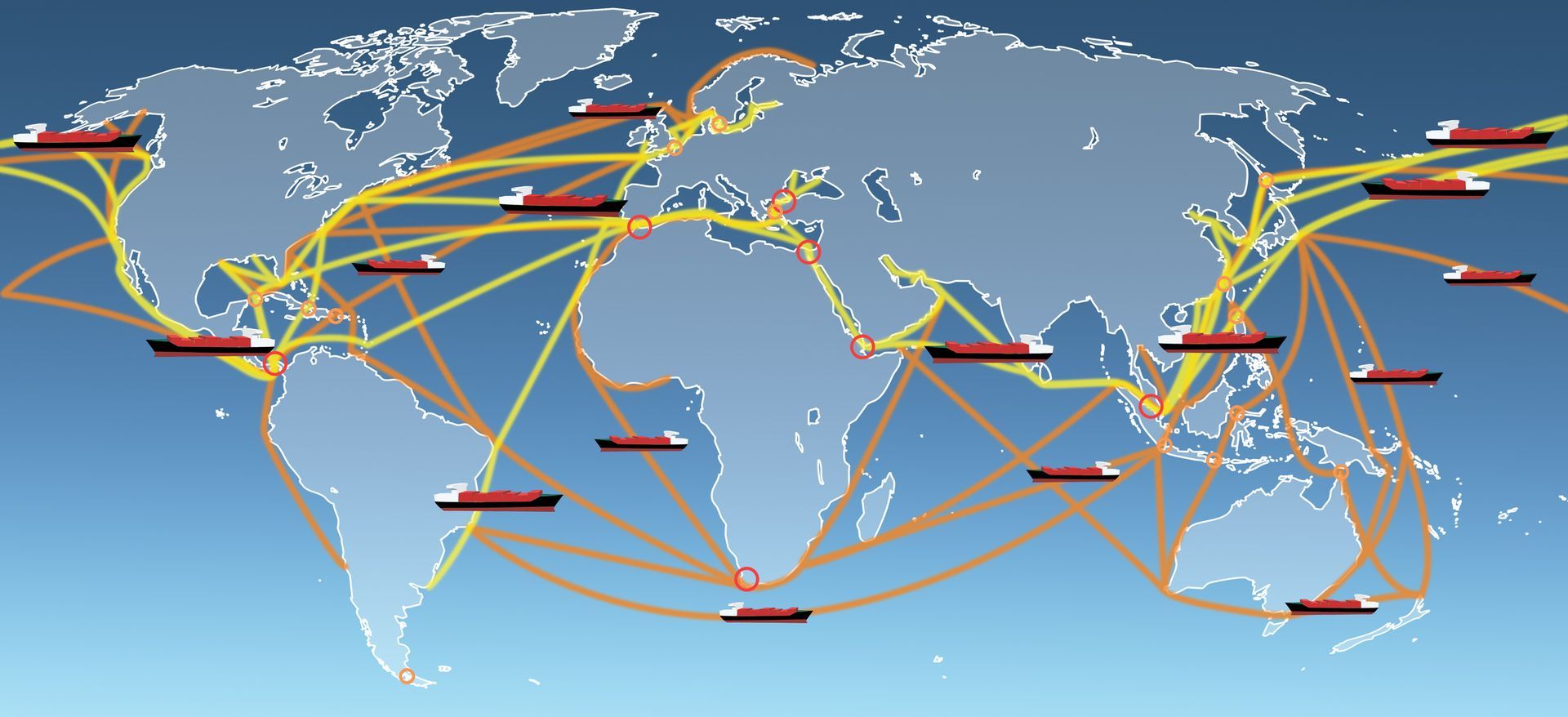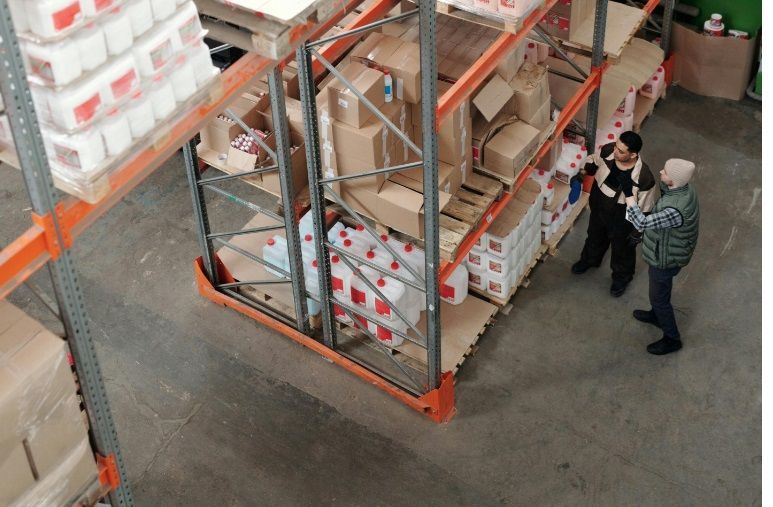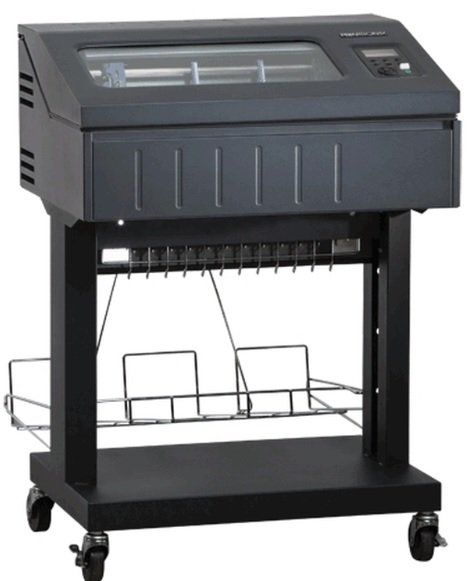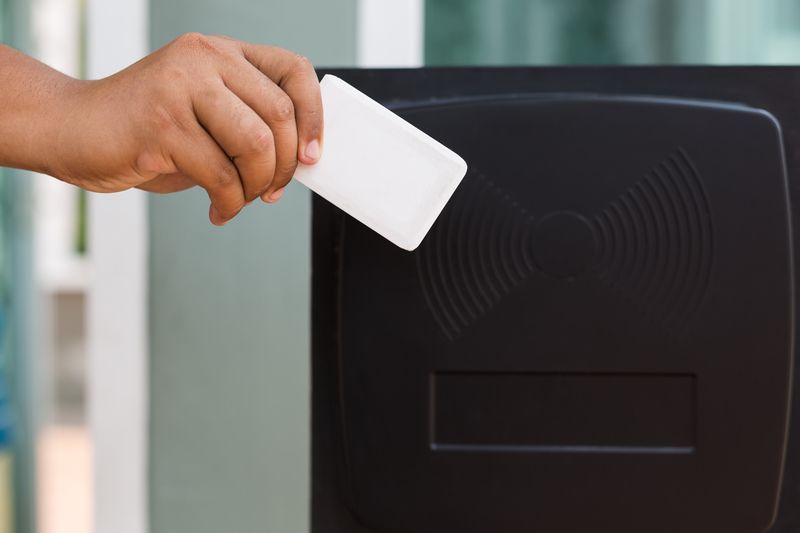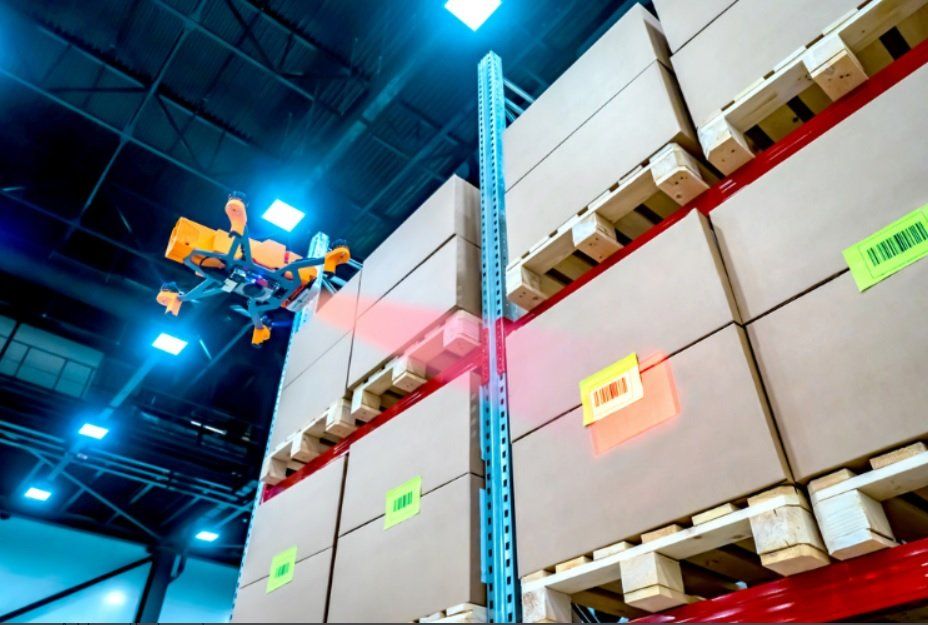How does a barcode scanner work?
Ever wonder how barcode scanners read those black and white stripes you see on so many products? And, how does the scanner get information from black and white lines?
A barcode scanner is made up of three functional parts – the illuminator, decoder and sensor/converter. There are several different illumination systems. The illuminator provides the red light on the barcode (the lines and spaces) that is reflected to sensors. There are several different illuminator systems. Each one alters each barcoding process slightly by changing the technology used in the sensor. Below is a brief overview and explanation.
Single Point LED – is a technology that is used in the barcode wand reader where the illumination of the barcode is caused by a single or pair of LED lights that are focused through a single ball type opening.
Linear Multiple LED – is an expansion on the Single Point LED illumination system using multiple LEDs in a line to light the entire barcode.
LED Imager – the linear full imager is similar to a CCD device with a couple major changes. The linear imagers increase the amount of illumination with the use of high light LEDs, along with the more sensitive photocells.
These three illumination methods use a photodiode to read the reflected light from the barcode lines that is then scanned electronically.
Laser – this method uses a single point red laser diode similar to a laser pointer. It is moved across the barcode using a mobile mirror reading the spacing between the barcodes pattern one space at a time, capturing the reflecting light with a fixed mirror and using it to create the analog signal.
No matter which method is used for the illumination, the illumination creates reflected light that is picked up by a sensor/convertor, and then used to generate an analog signal with a varying voltage. This voltage wave is then sent through the converter causing the analog signal to change into a digital signal, and is then fed to the barcode scanner decoder.
The decoder provides a variety of functions. It analyzes the digital signal from sensor and tests if the barcode can be interpreted properly. Once the barcode is proven valid, it will find a match for its symbology and then begin to test the digital signal for conformance with the symbology format of the barcode. During this process the signal gets converted from a digital signal into ASCII text. The decoder then checks the text formatting rules it has been programmed with and sends it to the host PC.
So, that is the secret to how those black and white lines on barcodes work. They aren’t so mysterious after all! With any more questions you can always call MIDCOM at (800) 643-2664 or chat us up on Facebook , Twitter , Google+ and LinkedIn !



